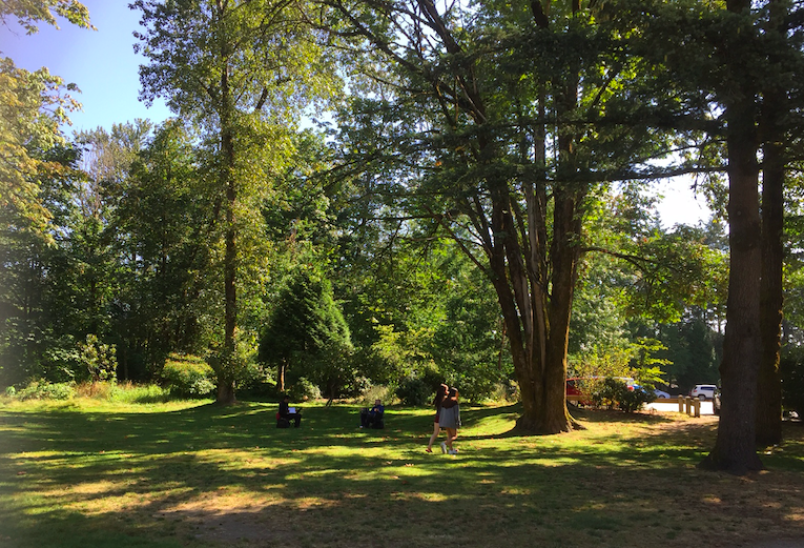Port Coquitlam is hoping to spare more trees from getting the axe in an effort to bolster the city’s tree canopy.
Bylaw changes working their way through city hall will cut down the minimum size requirement for what is considered a significant tree from the current 60-centimetre diameter at breast height (DBH) to 45 cm.
“This change makes the bylaw’s definition of what constitutes a ‘significant tree’ among the strongest in the region and would ensure more trees in the city of Port Coquitlam are protected,” said a report to council.
Trees that are considered significant can only be cut down for building and development purposes or if an independent arborist has confirmed the tree is dead. If a tree is cut down without the appropriate approval, the property owner could face significant fines.
Port Coquitlam passed its tree bylaw more than a year ago, creating a new permit process that requires private-property owners to apply for a $100 permit for each trunk they intend to chop. Previously, property owners could cut one per year without a fee.
Approximately 25% of tree cutting permits are denied because they are for trees that are too big, a percentage that is expected to increase to 40% now that the minimum trunk size has been reduced. The city has also collected more than $24,000 in permit fees, money it intends to use for replanting.
Port Coquitlam is currently planting 350 trees a year, boosting the canopy 0.03% annually in an effort to increase coverage from the current 23.8% to 25% by 2060.
However, in the latest report to council staff said they are looking at potentially increasing the canopy target to 30%.
The enhanced goal and reduced minimum size requirements were welcome news to Coun. Laura Dupont, who has been pushing for strengthened tree protections in Port Coquitlam.
“I am very happy to see this important work to build on our inventory of natural assets,” she said.
Still, she added that she would have liked to have seen the amended bylaw include black cottonwood trees, a species that is excluded from 45-cm DBH minimum size requirement.
“Some consider cottonwoods as weeds, but they play a vital role in the process of succession and in wildlife habitat and the prevention of erosion, especially along streams and rivers,” she said.
The amendments to the tree bylaw unanimously passed third reading last week. Council is expected to approve the fourth and final reading at the next meeting.



